Hey there, tech enthusiasts! Today, I’m delving deep into the world of wireless routers. These unassuming gadgets are the unsung heroes of our digital age, quietly powering our connected lives. Join me on this journey as we unravel the mysteries and marvels of wireless routers, from setup to optimization and everything in between.

What’s a wireless router, anyway?
Let’s kick things off with the basics. A wireless router is essentially the gateway between your devices and the internet. It’s like the conductor of an orchestra, orchestrating the flow of data between your computer, smartphone, tablet, and the vast expanse of the online realm.
Setting the Stage: Choosing the Right Router
Before diving into the nitty-gritty, picking the right wireless router for your needs is essential. Consider factors like speed, range, and security features. Brands like TP-Link, Netgear, and Asus offer a plethora of options to suit various budgets and requirements.
Top Wireless Routers Recommendations
Ready to take the plunge and invest in a wireless router? Here are a few top picks to consider:
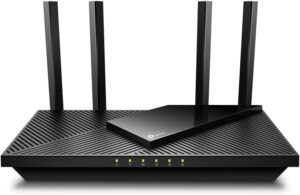
The TP-Link AX1800 Wi-Fi 6 Router (Archer AX21) is a dual-band WiFi 6 Internet Router with Wi-Fi 6 (802.11ax) technology that achieves faster speeds, greater capacity, and reduced network congestion compared to the previous generation.
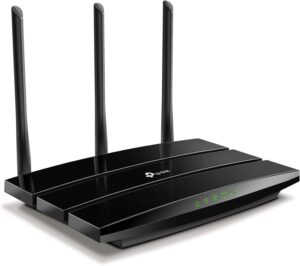
The TP-Link AC1900 Smart WiFi Router (Archer A8) has boosted WiFi coverage. Beamforming technology delivers a highly efficient wireless connection and long-range WiFi.
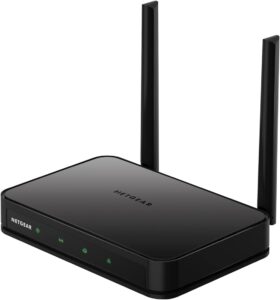
The NETGEAR Dual Band WiFi Router (R6020) has a fast AC750 WiFi 5 speed for reliable streaming, gaming, surfing, and connecting smart home devices.
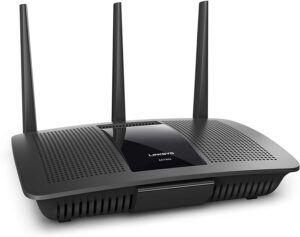
The Linksys EA7300 Wireless Router provides up to 1,500 square feet of Wi-Fi coverage for 10-plus wireless devices.
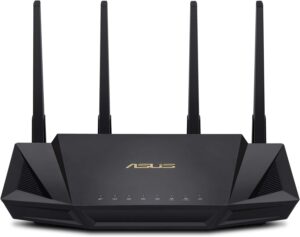
The ASUS RT-AX3000 Wireless Router is the Next-Gen WiFi Standard – Future proof your home network with the next-gen WiFi 6 technology, which provides up to 2.7x faster speed than the previous WiFi generation featuring OFDMA and MU-MIMO technology.
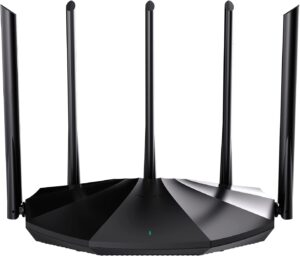
The Tender WiFi 6 Router With next-gen Wi-Fi 6 technology, RX2Pro adopts MU-MIMO plus OFDMA to significantly improve network performance and efficiency, and wipe out latency. Enjoy smoother and more stable streaming, gaming, downloading, and more with WiFi speeds up to 1501 Mbps (2.4 GHz: 300 Mbps, 5 GHz: 1201 Mbps).
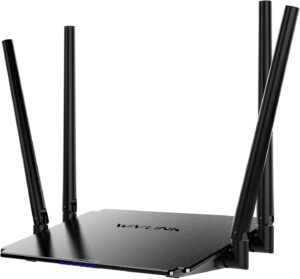
With the WAVLINK AC1200 Wireless WiFi Router, you will experience unparalleled WiFi 5 speed. Harness the power of WiFi 5 technology to enjoy combined wireless speeds of up to 1200 Mbps, ensuring seamless browsing, streaming, and gaming experiences. Benefit from lower latency and faster response times, allowing for smoother online gaming and lag-free video calls. 4 LAN ports (10/100 Mbps) allow you to connect to your wired devices directly.
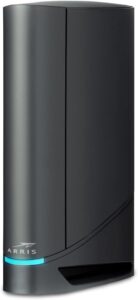
ARRIS Surfboard G34 DOCSIS is a trusted name in home connectivity. Get high speeds, low latency, and a two-in-one product! With the ARRIS SURFboard G34 Wi-Fi Cable Modem, you will increase your network capability and get ultra-fast streaming and downloading throughout your home. From a trusted brand with over 260 million modems sold and growing.
Unboxing and Setup: Getting Started with Your Router
Once you’ve got the perfect router, it’s time to unbox it and set it up. Don’t worry; it’s easier than it sounds! Connect the router to your modem, power it up, and follow the manufacturer’s instructions for configuration. Within minutes, you’ll be surfing the web wirelessly like a pro.
The Magic of Wireless Connectivity: How It Works
Have you ever wondered how your favorite cat videos magically appear on your screen with just a tap? It’s all thanks to the marvels of wireless connectivity. Your router uses radio waves to transmit data between your devices and the internet, eliminating the need for pesky cables and wires.
Turbocharging Your Network: Tips for Optimizing Performance
Now that you’re up and running, let’s talk optimization. Want to squeeze every last drop of speed and reliability out of your wireless network? Here are a few tips to get you started:
Positioning Matters: Find the Sweet Spot
Think of your router’s signal like a flashlight; it shines brightest in the direction it’s pointed. Position your router centrally in your home for optimal coverage, away from obstructions like walls and furniture. Experiment with different placements until you find the sweet spot for maximum signal strength.
Keep It Up to Date: Firmware Updates Are Your Friend
Like your smartphone or computer, your router needs regular updates to stay in shape. Check for firmware updates from the manufacturer periodically and install them to ensure your router is equipped with the latest bug fixes and security patches.
Password Protect Your Network: Safety First
Don’t leave your wireless network open to prying eyes and freeloaders. Set a strong password for your Wi-Fi network to prevent unauthorized access. Avoid using default passwords, as they’re often easy to guess. Opt for a combination of letters, numbers, and special characters for maximum security.
Embrace the Power of Dual-Band: 2.4GHz vs. 5GHz
Many modern routers support dual-band functionality, operating on both the 2.4GHz and 5GHz frequency bands. While the 2.4GHz band offers better range, the 5GHz band delivers faster speeds and is less prone to interference from other devices. Take advantage of both bands to strike the perfect balance between range and performance.
Troubleshooting: Dealing with Common Router Woes
Even the most reliable routers can occasionally hit a snag. From dropped connections to sluggish speeds, here’s how to tackle some common router woes:
Restart, Reset, and Repeat
When in doubt, a simple reboot can work wonders. Power cycle your router by unplugging it, waiting a few seconds, and plugging it back in. If that doesn’t do the trick, a factory reset might be in order. Just back up your settings beforehand, as a reset will wipe everything clean.
Check for Interference
Is your Wi-Fi signal weaker than usual? Nearby devices like microwaves, cordless phones, and baby monitors can interfere with your router’s signal. Keep these devices away from your router, or switch to a different Wi-Fi channel to minimize interference.
Upgrade Your Antennas
If you’re still not satisfied with your router’s performance, consider upgrading its antennas. High-gain antennas can significantly boost your signal strength and coverage, especially in larger homes or offices with multiple floors.
Looking Ahead: The Future of Wireless Connectivity
As technology continues to evolve, so too will wireless routers. From blazing-fast Wi-Fi 6 speeds to mesh networking solutions that blanket your home with seamless coverage, the future looks bright for wireless connectivity.
Conclusion: Embrace the Wireless Revolution
And there you have it, folks! A comprehensive guide to the wonderful world of wireless routers. Whether you’re a tech novice or a seasoned enthusiast, I hope you’ve gained valuable insights into harnessing the power of wireless connectivity. So go ahead, unleash your devices, and embrace the wireless revolution!
So, what’s your experience with wireless routers? Any tips or tricks you’d like to share? Let’s keep the conversation going in the comments below!
Related Articles:
- Wi-Fi Range extender
- USB Wi-Fi Adapters
- Troubleshooting Intermittent Wireless Network Issues
- Setting Up and Configuring Your Wireless Router

SAMMY MWANGI the editor of Autohomegadgets.com. He is an Electronics Technician enthusiast and a Sales Manager in one of the leading ICT companies in Africa. When he is not working, he loves to travel and explore nature. He is a Robot fanatic too.
